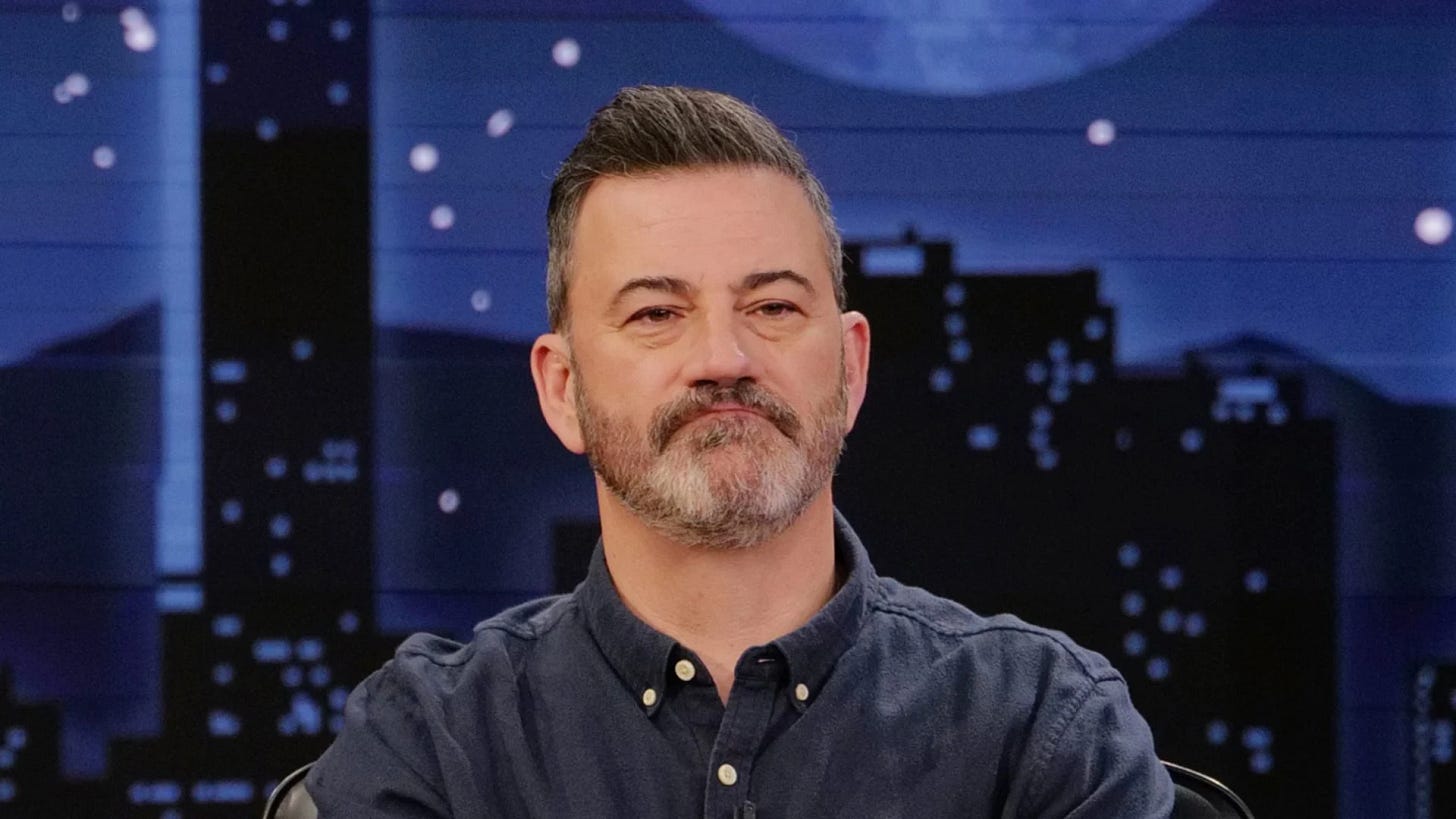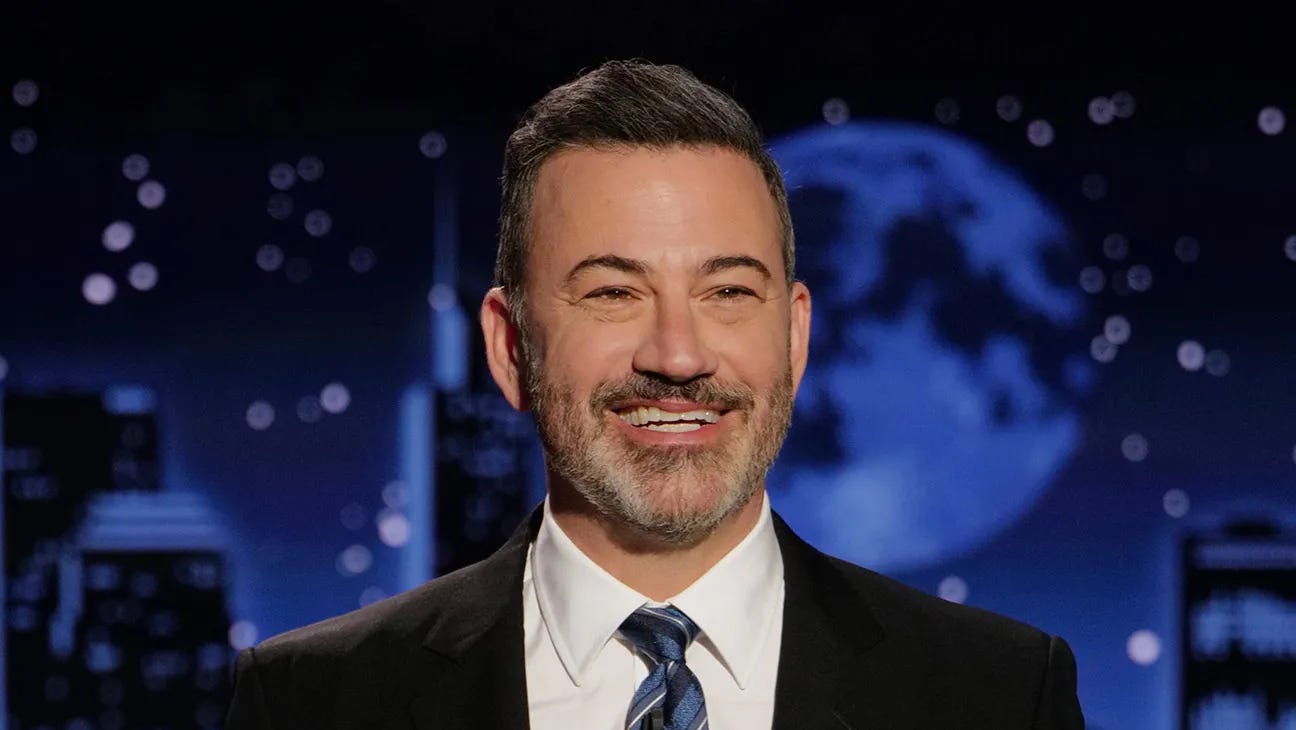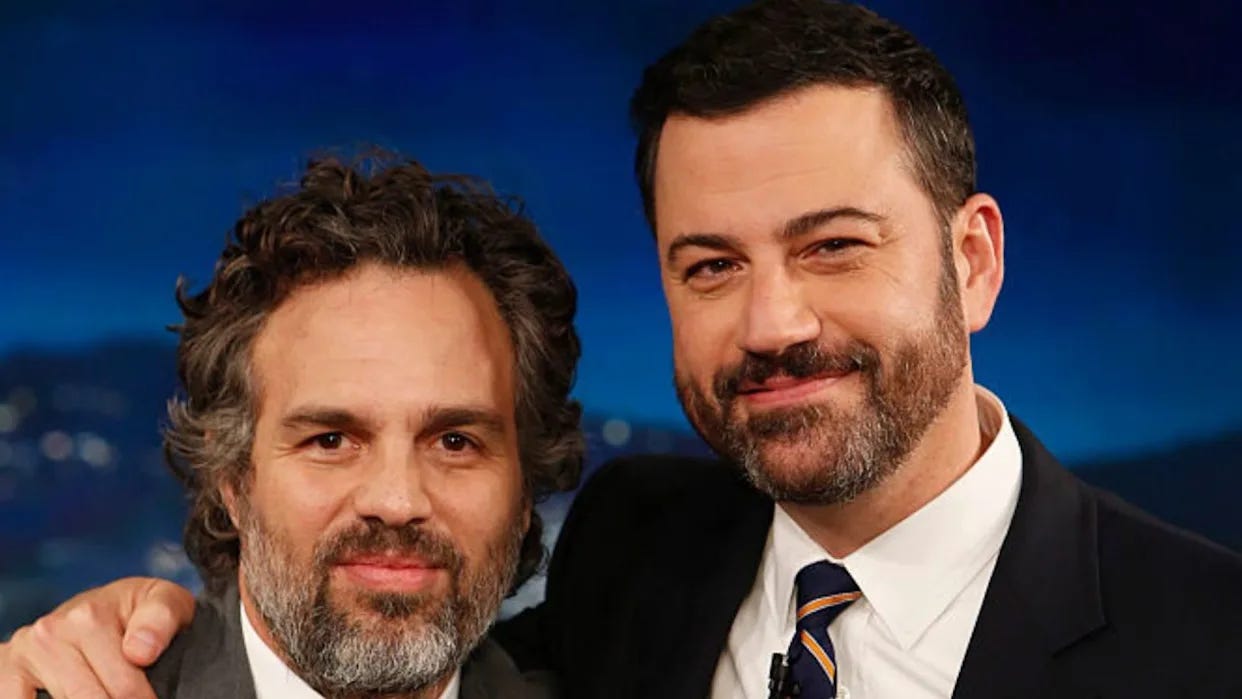Disney Stock Price is Dropping Even After Jimmy Kimmel’s Return
Disney stock dipped 2.1% to close at $109.19 on October 10, 2025, marking a 6% monthly slide despite Jimmy Kimmel’s ratings-spiking return to Jimmy Kimmel Live! last month. Boycott backlash, subscriber churn, and political tensions continue to erode investor confidence in the media giant.
The entertainment powerhouse had enjoyed a strong first half of 2025, with shares up 19.5% year-to-date through late September. But sentiment softened amid the Kimmel controversy and broader headwinds. Kimmel’s September 23 comeback episode surged to 6.48 million viewers, a 317% jump from his season average. Viewership, however, normalized to around 1.55 million to 1.9 million, according to Nielsen. This fleeting boost couldn’t offset the damage from bipartisan backlash, which triggered 1.7 million subscription cancellations and wiped $3.87 billion to $4.2 billion off Disney’s market cap.
With Q4 earnings slated for November 13, projecting a 9.65% year-over-year EPS drop to $1.03, Disney’s $199 billion valuation hangs in the balance.
Here’s the TL;DR...
Stock Slide: Disney (DIS) closed at $109.19 on Oct. 10, down 2.1% for the day and 6% over the past month, erasing $4B–$6B in market cap from a September peak near $116.
Kimmel Comeback: Host returned Sept. 23 after suspension over comments on Charlie Kirk’s death; debut drew 6.48M viewers but quickly normalized.
Boycott Backlash: Bipartisan outrage led to 1.7M+ sub cancellations and a 3% stock dip, costing $3.87B–$4.2B in valuation.
Viewership Normalize: Post-return highs fell 74–85%; recent episodes are up 42% vs. season average but still trail pre-2025 levels.
Other Drag Factors: Disney+ lost 1M–1.7M subs in Q3; streaming margins tighten as politics, content, and costs pressure performance.
The Kimmel Suspension Saga: From Controversy to Comeback
The storm began on September 17, 2025, when ABC suspended Jimmy Kimmel Live! indefinitely after Kimmel’s September 15 monologue referenced the fatal shooting of conservative activist Charlie Kirk. Kimmel accused the “MAGA gang” of politicizing the tragedy, drawing accusations of insensitivity and prompting FCC Chair Brendan Carr to threaten investigations. ABC’s statement emphasized taking “these matters seriously,” while affiliates like Nexstar and Sinclair preempted broadcasts, impacting up to 25% of U.S. households.
Kimmel returned on September 23 with an emotional opener: “I’m back, and I’m grateful,” he said, defending free speech and clarifying his comments were “misconstrued.” The episode drew 6.48 million viewers, up 317% from the 2024–25 season average and the show’s largest audience since 2020, according to Nielsen. Entertainment outlets hailed it as a “record ratings triumph,” outpacing competitors like The Tonight Show (2.1 million).
However, the surge proved temporary. By early October, totals dropped 74% to around 1.7 million, with an 85% decline in the key 18–49 demo (from a 0.89 rating to 0.13). Recent Brooklyn Week episodes (October 7–11) showed a 42% lift over the season average, but experts at Deadline called it a “curiosity bump.” Pre-suspension averages hovered around 1.6 million; post-return, they’re stabilizing there. YouTube clips, meanwhile, draw over 10 million views weekly.
Boycott Blues: #CancelKimmel Fuels #BoycottDisney
The suspension ignited cross-partisan outrage that battered Disney’s reputation. Conservatives slammed ABC for “woke censorship,” while liberals decried corporate overreach. #BoycottDisney trended on X for more than 72 hours, with posts like “Disney caved to the mob—now we cave their stock” racking up hundreds of thousands of likes. Actor Mark Ruffalo countered on Instagram: “Disney’s stock will drop a lot further if they cancel Kimmel,” framing it as a free-speech issue.
The impact was swift. Between September 17 and 23, Disney’s stock fell 3%, losing $3.87 billion to $4.2 billion in market cap, according to Snopes and market trackers. Google searches for “boycotting Disney” spiked, correlating with a 2% overnight plunge, as noted by CNN’s Harry Enten. Over 1.7 million subscriptions were reportedly canceled across Disney+ and Hulu. Advertisers like Unilever paused Kimmel slots before reinstating them later.
Analysts were divided. Nasdaq’s Rick Munarriz called polarization “not profitable,” while pro-Trump commentators labeled Disney a “lose-lose.” Though modest compared to Bud Light’s 2023 boycott, the episode amplified reputational risks in a post-election climate.
Beyond Kimmel: Streaming Slump and Political Pressures
The Kimmel flap highlights broader weaknesses dragging Disney lower. After peaking near $116 in late September, DIS shares fell about 6% in October, closing at $109.19 with 9.48 million shares traded—a sign of pre-earnings caution.
Streaming struggles lead the list. Disney+ shed 1 million to 1.7 million subscribers in Q3 (ending September 30), per Yahoo Finance and analyst estimates. Price hikes and content gaps are driving churn, with intrinsic share value pegged near $106.33—below current levels. Despite narrowing direct-to-consumer losses, Disney’s $180 million-plus streaming investments yield slim margins, as Investing.com notes.
Political risk adds to the strain. Following Trump’s 2024 victory, AInvest slashed Disney’s DCF target from $113.76 to $99.09, citing “brand vulnerability” tied to Florida disputes and cultural clashes. Theatrical misfires like Tron: Ares and rising park prices (up 10% year-over-year) deepen investor unease.
Zacks recently flagged a -1.62% stock move, with Q4 EPS expected to fall 9.65% YoY to $1.03. WalletInvestor projects potential dips below $87 by December, though Public.com maintains a bullish $131.60 price target if streaming profitability accelerates.
Viewership Verdict: Stabilizing Amid Fragmentation
Kimmel’s numbers underscore late-night’s decline. The 6.48 million comeback episode was his strongest in years—35% above his prior Brooklyn Week—but the audience quickly normalized. Current episodes average 1.55M–1.9M, slightly above Fallon’s 1.4M but well below pre-2020 highs.
TV Insider called it “real ratings revealed,” while Deadline observed that YouTube now dwarfs traditional TV: “Jimmy Kimmel Live! ratings overshadowed by clips.” Within Disney’s portfolio, the show is minor compared to ESPN’s ongoing cord-cutting losses exceeding $1 billion annually.
Outlook: Mickey’s Magic or Market Meltdown?
Disney’s October 10 close at $109.19 reflects more than Kimmel—it’s the intersection of politics, performance, and perception. With a forward P/E of 18.5x, some analysts see an undervalued stock ahead of Q4. Others warn of further declines if polarization persists.
Kimmel remains steady, but Disney’s trajectory is uncertain. As Mark Ruffalo warned, mishandling talent risks market confidence. For investors, it’s a waiting game: can earnings revive the rally or will 2025 end in another rut?
In a year buoyed by Deadpool & Wolverine’s $1.3B global haul, Disney’s shares show that even its magic has limits.
Hat Tips
Yahoo Finance — “Disney (DIS) Historical Prices”
MacroTrends — “Disney Stock Price History”
Reuters — “Disney Stock Quote”
Snopes — “Did Disney Lose $4B After Suspending Jimmy Kimmel?”
NBC News — “Pressure Mounts on Disney Over Kimmel Suspension”
Wikipedia — “Suspension of Jimmy Kimmel Live!”
Nasdaq — “Has President Trump Made Disney Stock a Lose-Lose?”
TV Insider — “Jimmy Kimmel Live! Real Ratings Revealed”
Variety — “Jimmy Kimmel Live Brooklyn Week Ratings”
Yahoo Finance — “What Does Disney’s Subscriber Loss Mean?”
Zacks — “Walt Disney (DIS) Stock Moves -1.62%”
AInvest — “Disney’s Stock Valuation Update”
LiteFinance — “Disney Stock Forecast 2025–2030”




